A few years ago, I tried Ampersand Gessobord as the surface for my oil paintings. I had only ever used canvas up until that point, but I wanted a more sturdy alternative that wouldn’t get damaged by my sometimes rough strokes. Gessobord has since become my go-to surface for most paintings. This is my detailed review covering the pros, cons, best uses, and where you can buy it.
(Note: This post is more relevant to oil and acrylic painters. Watercolor and gouache painters should stick to paper.)

Manufacturer
Gessobord is manufactured by Ampersand Art Supply. The company is based in Texas, United States, and was founded back in 1993. They focus almost entirely on artist panels. This statement from their website sums up their purpose nicely:
“Our mission is to make exceptional surfaces that artists trust. Made with conservator-quality materials and sealing processes, no other panel on the market protects an artist’s work like Ampersand.”
How it Arrives
Each Gessobord comes wrapped in plastic and with an insert providing product details and dimensions.


Pros
- Gessobord is rigid and sturdy, unlike canvas, which can warp or sag.
- It’s ideal for palette knife painting and rough impressionist techniques.
- It’s archival and won’t deteriorate any time soon.
- The manufacturing is consistent and reliable. The manufacturer has been around since 1993 and they have a tight focus on artist panels.
- They are easy for framers to work with, which tends to make them more affordable to frame than other surfaces.
- The thin-edged Gessobord can be easily packed and transported. It can also be stacked for storage, which is important if you have been painting for a few years. The paintings add up!

(Note: The stacked paintings above are just studies. For more serious paintings, you should separate them with some kind of archival paper, sheets, or other means.)
Cons
- It doesn’t have the bounce or springiness of canvas, which may be a downside depending on how you paint. Artists with a more delicate style might find canvas to be more responsive to their strokes.
- It’s prone to chipping or compressing around the corners.
- It’s significantly heavier than canvas. This is not so much an issue if you’re just dealing with one or two Gessobord panels, but it adds up when you have more. I can only carry about five large Gessobord panels at a time.
- The thin-edged Gessobord must be framed for hanging. With stretched canvas or cradled panels, you can attach wire directly to the back for hanging; no need for framing.
- The max size is 18 by 24″. You may be able to custom order larger sizes, but I haven’t. I use canvas for paintings larger than this.
Best Uses
I find Gessobord to be particularly effective for the following:
- Palette knife painting. The firm, rigid surface allows me to paint freely with a palette knife without the worry of damaging or dinting it. It can also support the thick layers of paint that often come with palette knife painting.
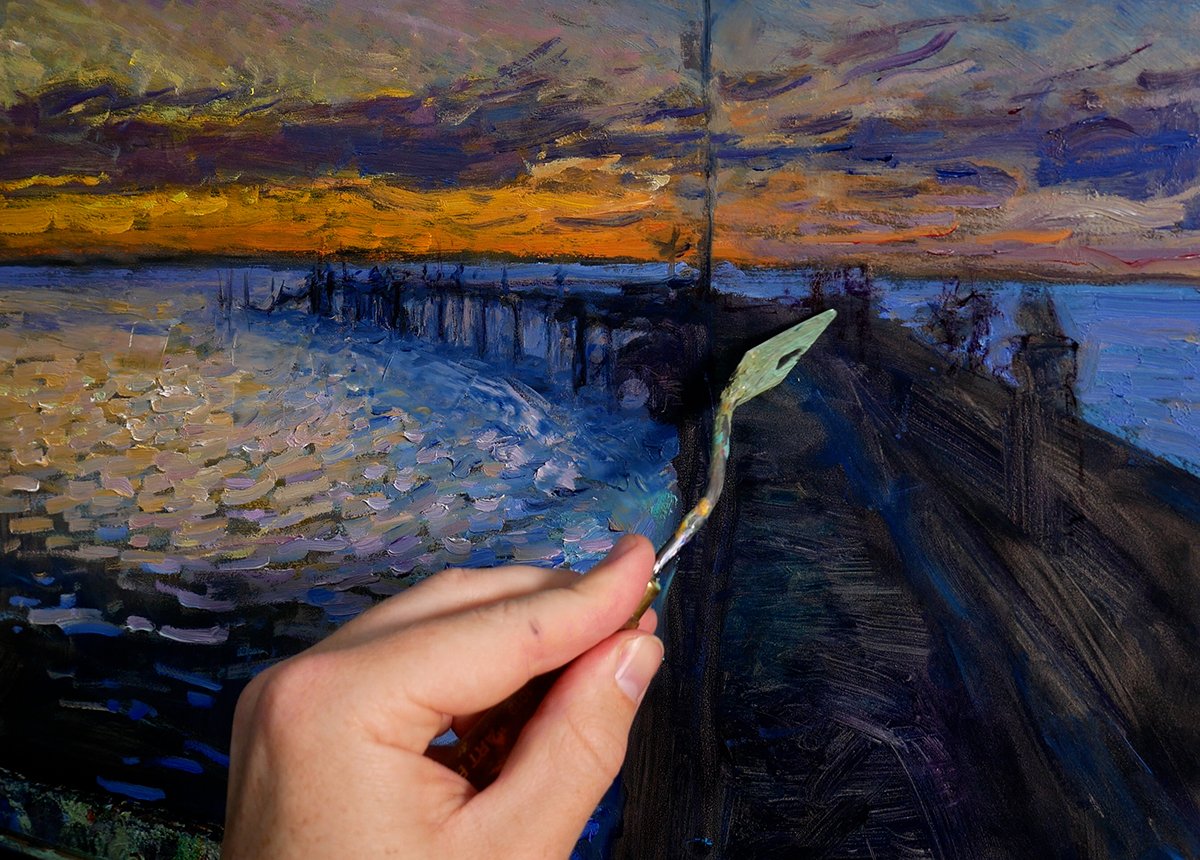
(I recently published a video on this painting on Youtube. You can see it here. 6:35 is when I use the palette knife.)
- Plein air painting. The 5 by 7″ Gessobord panels are my go-to for plein air painting. They are sturdy and portable. I can fit up to four in my wet-painting carrier.


- Paintings I might want framed. I use Gessobord for any serious paintings that I might want framed one day (apart from works larger than 18 by 24″—I use stretched canvas for those). It’s archival and my framer prefers working with Gessobord.


Surface and Texture
The surface is firm and slightly textured. Below is a closeup to see what I mean. This texture helps the paint release from the brush and bind onto the surface. It’s perfect for oil or acrylic painting but not so much for watercolor or other mediums.

Paintings Created on Ampersand Gessobord
Below are a few of my recent paintings created on Gessobord:
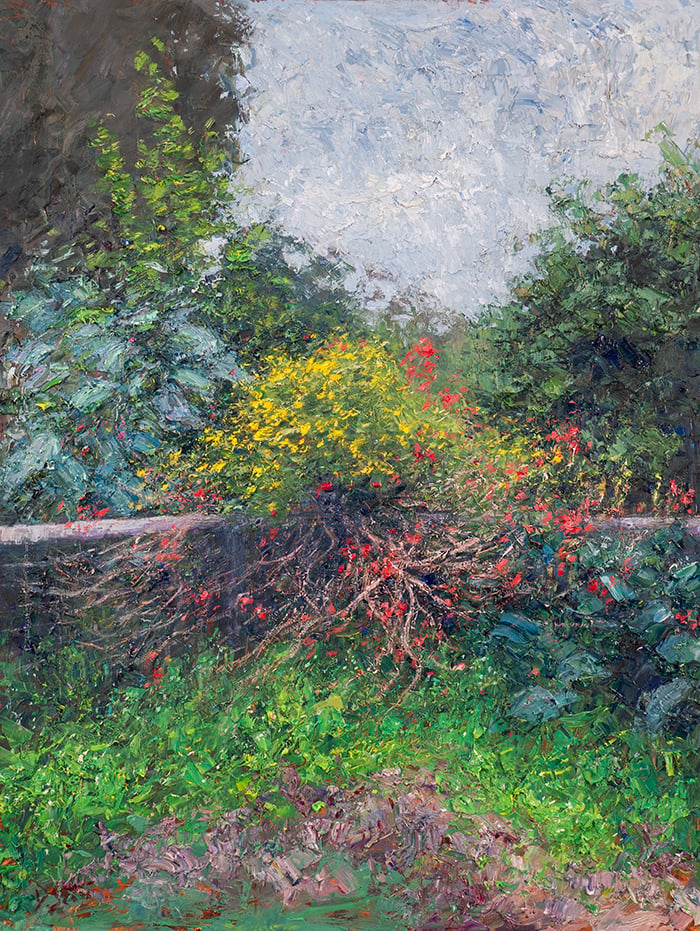


Cradled Variations
I do most of my paintings on the thin-edged or flat Gessobord (1/8″), but you can also get thick-edged “cradled” variations (7/8″, 1 1/2″, and 2 1/8″). These are more costly, but they provide more options for hanging directly without needing to be framed.

Canvas Board: A More Affordable Alternative
If you’re looking for a more affordable alternative, try canvas board. It plays a similar role, but it won’t be as archival, sturdy, or feel as nice to paint on. I still use it for practice and studies.
Where to Buy
I buy Gessobord from my local art supply store here in Brisbane, Australia (Art Shed). If your local art supply store doesn’t stock it, you should be able to buy it online at Amazon or Blick. They ship globally.
Other Questions You Might Have
What mediums can I use on it? I’d use it for oil and acrylic painting. It’s not as suitable for watercolors or other mediums.
Do I need to gesso it first? No, it comes primed with an acrylic gesso. It’s ready to go straight from the box.
How should I store it? Store it in a dry, cool place away from direct sunlight. Avoid extreme environments.
What makes it archival? The surface is acid-free and the hardboard support is treated to resist moisture.
Want to Learn More?
You might be interested in my Painting Academy course. I’ll walk you through the time-tested fundamentals of painting. It’s perfect for absolute beginner to intermediate painters.
Thanks for Reading!
I appreciate you taking the time to read this post and I hope you found it helpful. Feel free to share it with friends. Let me know your thoughts in the comments.
Happy painting!
Dan Scott

Draw Paint Academy


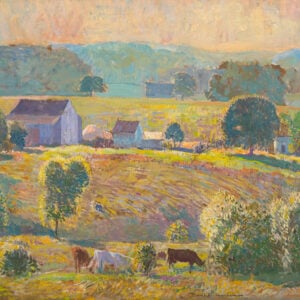
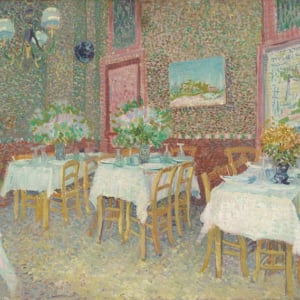

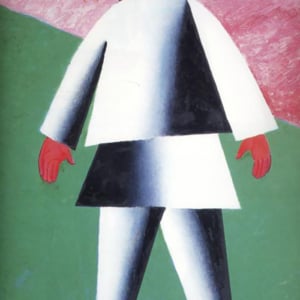
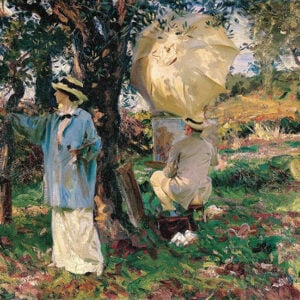
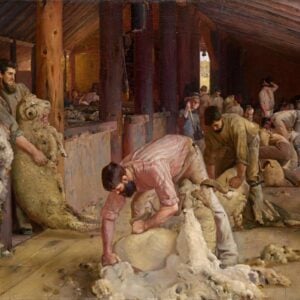
greetings
I make my own boards … much more control in all aspects
does not cost so much time … just a bit of t.l.c
I have used the ampersand boards on several occasions – they are incredibly smooth, which is particularly suitable for detailed acrylic painting. They are super expensive though…and since I am trying to scale up my work, that is a factor. I like mounted paintings, rather than unmounted or unframed and so I stopped using stretched canvas a while back. The ampersand boards, or any canvas board, are much more suited to be mounted and framed. There aren’t really any downsides except the cost. I usually use canvas boards or more recently Belle Arti cotton canvas sheets. I also have lots of MDF boards I had cut for me, but you have to prime them on both sides several times, or they warp. I went through a pretentious phase of trying to learn from the Impressionists and learnt that Degas often used cardboard, drying out his oil paints first, and I tried cardboard, and it does work fine – a bit like pastel or gouache in effect – so finally a use for all that cardboard from Amazon!
Good Morning Dan,
Thank you very much for your post on Ampersand’s Gessobords. I LOVE THEM and discovered them early in my recent painting years. I love the texture I can get with brush strokes as I paint a lot of dog pictures. I love the texture I can get with the palette knife, and I LOVE the fact it dries fast and I can process my paintings much faster than canvas ones. They also have Gessobords for pastel and I’m just beginning to use them also. They give you a sturdy base for pastel strokes and are much preferred over pastel mat or or papers. I cannot stand the Gessobord with a very smooth finish as paint strokes are more difficult to sustain. The Museum quality boards are my favorite and the COLORs, when not oversaturated can be brilliant. My only difficulty has been in removing paint and going forward, sometimes the surface can lift and leave a discoloration but I’ve learned to be careful in handling that as well. For me, Ampersand boards are a gift from the art merchants to those of us seeking to produce beautiful works. THANKS DAN for a great write up!! Bonnie Dougherty
Ampersand Gessobords are the “gold standard” of surfaces, but, like Henry, I prefer to make my own from tempered hardboard (aka Masonite). You can get 4’x8′ sheets at your local lumber yard (some will even cut it to smaller sizes for you), and cut to your preferred dimensions. 2 coats of gesso (at least one coat on the back and sides) make it stable and ready to use. Sand the painting surface lightly to get texture very similar to Ampersand’s. In a pinch, these panels can be cradled with either canvas stretchers (inexpensive from art suppliers) or 1″ lumber cut to size. (use silicone sealant so they can be removed, if needed)
Richeson gesso panels / raw umber ground are fantastic, especially for portraits
Good description, Dan. I hadn’t known the maximum size, but it makes sense due to warping of larger boards. I also have made my own, and although it is very economical it does take a lot of preparation, to say nothing of finding someone with a good table saw to get the initial cuts. I am currently working with Golden High Flow Liquid Acrylics, and the panels are perfectly suited for this medium. The silky smooth surface receives the paint, and the colors glow! I love Ampersand GessoBord!
I have looked at these before, but I really enjoy the feeling of painting on a an oil primed linen panel. How would this compare to that feel as well as the archival aspect ( assuming quality panel )? Also, are they as absorbent as many gessoed surfaces?
I buy 2.5mm mdf cut to whatever size required, for me that is 8 x 6…..10 x 8…10 x 12. & 30 x 30
2 or 3 coats of Gesso with a mixed colour.
We are lucky that we can buy these boards in the above sizes they work out in those sizes to .83 pence per board for all the above sizes as they are less than a sq m2, these are from a picture framing company as well, delivered to my door, but excluding V.A.T so about £1.00 p board….still very cheap a lot of top artists in the uk use these.
Hello ,I am in France and I do buy 6”x8” canvas panel boards from US but the shipping makes it to about $2.00 a board. Would you mind giving me the name of your supplier and board. Thank you
I also live in the Uk and have been trying to make panels. Quite labour intensive but more affordable for me.
Ready cut sounds great Neil. Especially for the small fiddly sizes.
Could you let me have details of your picture framing company please?
Thank you for the review. I have been using cradled Ampersand Gessobord for past year and really like it. Most of my supplies come from Jerrys Artarama out of Reliegh NC, USA. (jerrysartarama.com). I have been following your post for about a year now and always enjoy reading and learning from them.
Thanks again
Gary
Using Ampersand boards are a nice alternative from canvas surfaces. I especially enjoy the cradle versions thus eliminating frames. We are lucky to have options available and at easy access. Nice article!
I’m trying to transition away from framing. Lots of reasons for that. So for that reason I’m moving away from flat panels and more interested in cradle panels and stretch canvas. Ampersand boards have always been too expensive for me. And I’m actually not crazy about the flat smooth surface. I prefer a gessoed surface. I’ve also recently discovered mixed media boards. Which are very thin about like a 300 lb watercolor paper possibly even thinner. And stiffer. They are super light they have an interesting texture. They say they don’t need gesso however they are super porous and without at least two coats possibly three coats the oil bleeds out. Right through. So this is a drawback however I can carry a half a dozen to a site and do studies and the ones that are good or easily mounted to a cradle panel. They take up virtually no space in your studio until they’re ready to mount. I’ve painted with oils and acrylics on them and they were probably also work with water media like watercolor or ink tense pencils. There is no perfect surface but I’m still looking
Cut my own MDF, then seal it and prime it with fast drying oil based primer(BIN).
Sometimes seal it then adhere canvas or linen, then prime or gesso.
It’s more steps but probably cheaper, though also heavier than stretched canvas.
I totally agree with your review, Dan. I have been using Ampersand Gesso boards for years. There is only one thing that you mentioned as a “con”, that they don’t have the bouncy feel of stretched canvas. I actually prefer the solid feel of the board, especially when plein air painting. And they look great framed. Very professional appearance. Oddly, none of the big box art stores around here, like Michael’s, carry Ampersand. I used to be able to get them at Hobby Lobby but they dropped the line, also. So, now I buy them, as you suggested, on Amazon. Thanks for the review and for all of your other most interesting posts! I don’t comment very often but I do read them all.
Hi Dan,
I don’t comment on your posts, but watch, read and enjoy them all!
Thank you for this very informative one. As I have a lot to learn it was interesting reading the comments too, they were very helpful.
Have a very Merry Christmas with your family and a Happy New Year!
I cut MDF 3mm board to the size that fits my frames, seal and then gesso. I obtain different textures depending on what I am going to paint using either a rough brush, bit of palette knife and or sponge applicator. Lately however, I’m pressing a piece of cloth over the wet gesso creating a really nice texture.
Thanks for your posts throughout the year and Merry Christmas to you and yours!!
My perspective is on storage, rather than quality. Im a beginner to painting (only 4 years in), and most of my paintings end up admired in art class, then put in a cupboard. So storage is an issue and boards take up less room. However boards are hard to frame, where as my canvas paintings which are successful are easier to hang. How do people hand their boards?
As for the framing issues mentioned above, I have found many people prefer to have a smaller Ampersand panel (5 x7, 8 x 10 and even 9 x 11) Unframed but cradled in a desk top wire or wooden holder. They look great that way without the encumbrances of wall hanging and frames. Bonnie
Have almost totally switched to boards as well, both Ampersand and some canvas boards. Have both Blick and Jerry’s Artarama here in the U.S. where they can be purchased but for anyone having problems finding them, Jackson Art Supplies has lots of sizes and I find their prices are usually much better than Amazon. Lots of good tips in Dan’s article as well as the responses so thanks everyone.
Your paintings are so beautiful!
Yes, I have used gessobord years ago. Actually, I used to purchase a large 4×5 ft. of hardboard , same thing . I had hubby cut it all to size. One would have to layer gesso at least 3-5 times, sanding between. Worked beaultifully, but love this better. To have it already to go……love it.
I’m using a gesso board for the first time because I needed a firm, smooth surface upon which to apply metal leafing in combination with oil painting. I’m finding, however, that the semi-porous gesso board surface does NOT accept oil paint nearly as fluidly as a canvas and I’m fighting with the materials. It feels more like painting with gouache than oils when I use a mineral spirit as a medium. Brushstrokes do not spread evenly over the surface, but are streaky and dry. When I use Liquin as a medium the brushstrokes feel more fluid, BUT I am still having to really apply the paint heavier than I would on canvas in order to get coverage. It’s still early in the process for this painting so it may get better as I proceed, but so far I’m not liking how gesso board performs with oils, at least as I am accustomed to painting. I’m not sure I’d use a gesso board again.